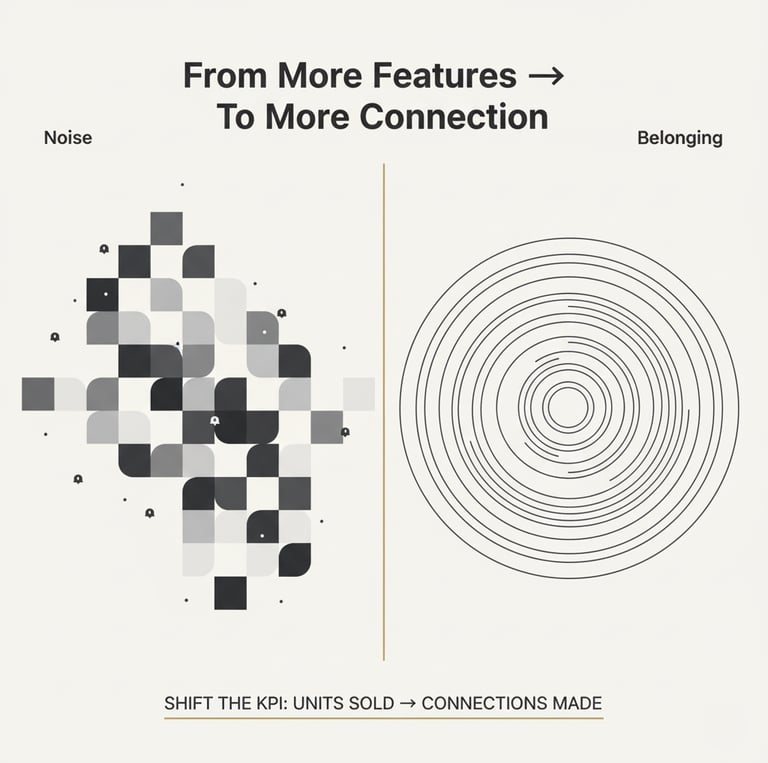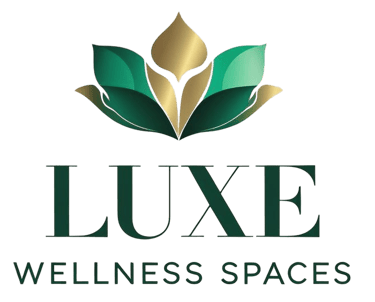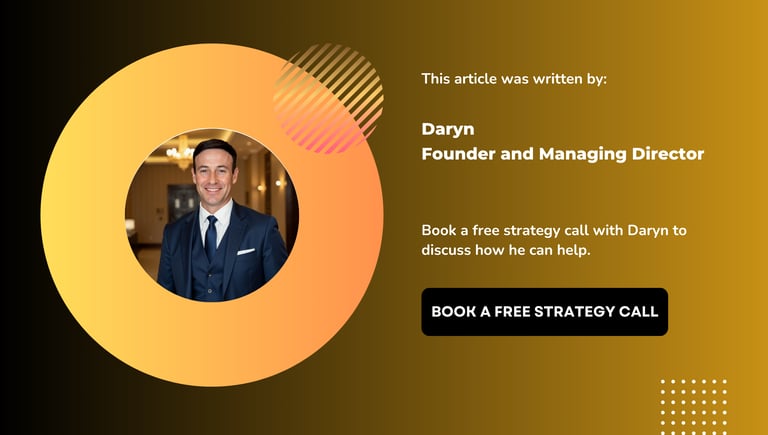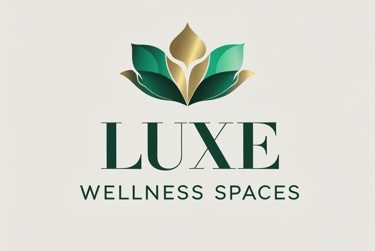The Wellness Paradox: A Playbook for Connection
The wellness industry is booming—so is anxiety. Learn how to shift from noise to belonging with practical steps any wellness business can apply today.
Daryn Berriman
10/14/20255 min read


The Wellness Paradox emerges when brands flood people with tools (apps, hacks, bio-optimizations) while neglecting the one variable that makes healthy behavior stick: other people. Solve it by designing your business around belonging. Operationalize small-group rituals, buddy systems, and facilitated touchpoints before and after services. Shift dashboards from “attendance only” to connection metrics like cohort retention, member-to-member referrals, and event “stickiness” (how many return with a friend within 30 days). This approach aligns with public-health evidence linking social connection to better outcomes and lower risk, while meeting a booming market with something money can’t easily copy: community.
What’s really going on:
People aren’t short on content; they’re short on context. They don’t need 20 more session types; they need a small circle that knows their name. The world is loud (news, alerts, uncertainty), and anxiety is rising. If our spaces are silent but disconnected, we’ve built showrooms, not sanctuaries.
Mini case example:
A 300-member boutique studio piloted a 90-day “Belonging Sprint.” They formed 12 micro-cohorts (10–12 people), added a 3-minute arrival ritual, and paired first-timers with a buddy. Monthly churn dropped from 7.5% → 5.2% in one quarter. That’s ~21 additional members retained over 90 days. At $120 ARPU/month, that’s $2,520 protected revenue/month, or $30,240/year if sustained. The point isn’t the exact numbers; it’s that connection compounds.
A contrary take:
Not every guest wants circles and name rounds. Some pay for privacy. The balance: offer opt-in community layers (micro-cohorts, optional tea table, quiet post-session journaling nook) while keeping solo pathways pristine. Community should be a ladder, not a gate.
Checklist you can apply today:
Define your Belonging KPI: pick one (cohort retention %, member-to-member referrals, event stickiness).
Add a 3-minute arrival ritual: names, one intention, phones away.
Launch micro-cohorts: 8–12 people aligned to schedule and goals.
Introduce a buddy system: auto-pair new joiners for week one.
Create a phone-free zone with warm light and softer acoustics.
Host a weekly recovery hour (tea, journaling, light stretch) to de-pressurize performance.
Measure D30 “return with a friend” for events.
Close the loop: share one member story per week internally.
The Wellness Paradox is the gap between what wellness businesses promise: calm, clarity, community; and what many customers actually experience: choice overload, performative “self-care,” and isolation. The practical fix is to make belonging the product: design for human connection and track a new KPI, connections made, alongside revenue.
Key facts:
The global wellness economy reached $6.3T in 2023 and is forecast to approach $9T by 2028. — Source: Global Wellness Institute, Nov-2024. Global Wellness Institute
Lacking social connection can raise premature mortality risk as much as smoking up to 15 cigarettes/day. — Source: U.S. Surgeon General, May-2023.
In the U.S., 18.2% of adults had anxiety symptoms and 21.4% had depression symptoms in 2022—both up from 2019. — Source: CDC/NCHS (NHIS), Nov-2024. CDC
43% of adults said they felt more anxious than the prior year; top stressors included the economy and elections. — Source: American Psychiatric Association, May-2024. American Psychiatric Association
Globally, an estimated 5.7% of adults live with depression. — Source: WHO Fact Sheet, Aug-2025. World Health Organization
If your space sells calm but customers leave wired and alone, you don’t have a marketing problem, you have a connection problem. The good news: belonging is designable, measurable, and it’s the most defensible advantage you can build this year.


Common mistakes (and fixes):
Mistake: Treating community as marketing (“join our tribe”) without infrastructure.
Fix: Assign a community owner and set a weekly Belonging KPI.Mistake: Over-programming; too many events, no continuity.
Fix: Run one recurring circle at the same time weekly for 8–12 weeks.Mistake: Measuring only revenue and attendance.
Fix: Add connection metrics to your dashboard this quarter.Mistake: Spaces that look premium but feel tense (noise, lighting, flow).
Fix: Reduce ambient stress: acoustic panels, warmer 3000–3500K lighting, slower arrivals.Mistake: Making everything mandatory.
Fix: Keep opt-in layers so private guests feel respected.
Why this works:
Social connection is a protective factor on par with major medical risks.
Anxiety and depression symptoms remain widespread and have increased since 2019, so designing for connection is not a nice-to-have.
The wellness market is massive and crowded, so belonging is a durable differentiator.
FAQ's
Q1) What exactly is the “Wellness Paradox”?
A) It’s the gap between the calm wellness brands promise and the anxious, isolated experience many customers feel. The fix is to design for belonging and measure connections made alongside revenue.
Q2) Why focus on belonging instead of adding more services?
A) More options often add cognitive load. Belonging makes healthy behavior stick and correlates with better health outcomes and lower risk (benefits you can’t buy with features).
Q3) How do I measure “connections made”?
A) Start with one Belonging KPI: cohort retention, member-to-member referrals, or event stickiness (return-with-a-friend within 30 days). Track weekly and review monthly.
Q4) Does community actually improve retention in fitness?
A) Evidence suggests it can. Studies of group exercise show higher loyalty and longer average membership lengths when people attend regular classes and connect socially. Les Mills
Q5) Our clientele values privacy. Will community initiatives push them away?
A) Keep connection opt-in. Offer quiet rituals and small, optional circles while preserving premium solo pathways. Community should be a ladder—not a gate.
Q6) What design changes reduce “ambient stress” in a spa or club?
A) Warmer light temperature (≈3000–3500K), acoustic absorption, phone-free zones, slower check-ins, and clearer traffic flow. These signal calm and invite connection.
Q7) Is there a public-health case for investing in social connection?
A) Yes. The U.S. Surgeon General highlights social connection as a health necessity—its absence can raise mortality risk comparably to daily smoking. HHS.gov
Q8) How big is the wellness industry—and why does that matter?
A) It hit $6.3T in 2023 and is projected near $9T by 2028, so differentiation matters. Belonging is hard to copy and builds durable loyalty. Global Wellness Institute


Do you require specialist assistance with a new wellness project, or seeking to improve the operation of your existing space? Book a free strategy call and let our team help you design experiences that transform members into advocates.
By Daryn Berriman - Principal Wellness Business Consultant. Last Updated 2025.10.14.
Further reading on our blog: 'Is Your Wellness Business Ready For The Beauty-Longevity Supersector?'
• Explore our Spa & Wellness Consultancy to scope project phases and services.
• See how we structure Fitness and Leisure concepts before you commit to equipment.
• Developers and luxury homeowners can review Home Wellness Spaces for private suites and villas.
• Learn why Luxe Wellness Spaces blends design, operations, and growth under one roof.
• View a Concept-to-Launch case study that hit break-even in 90 days.




